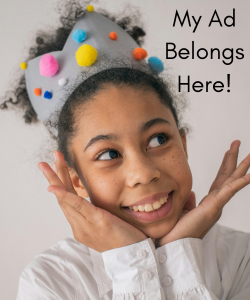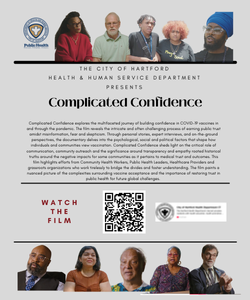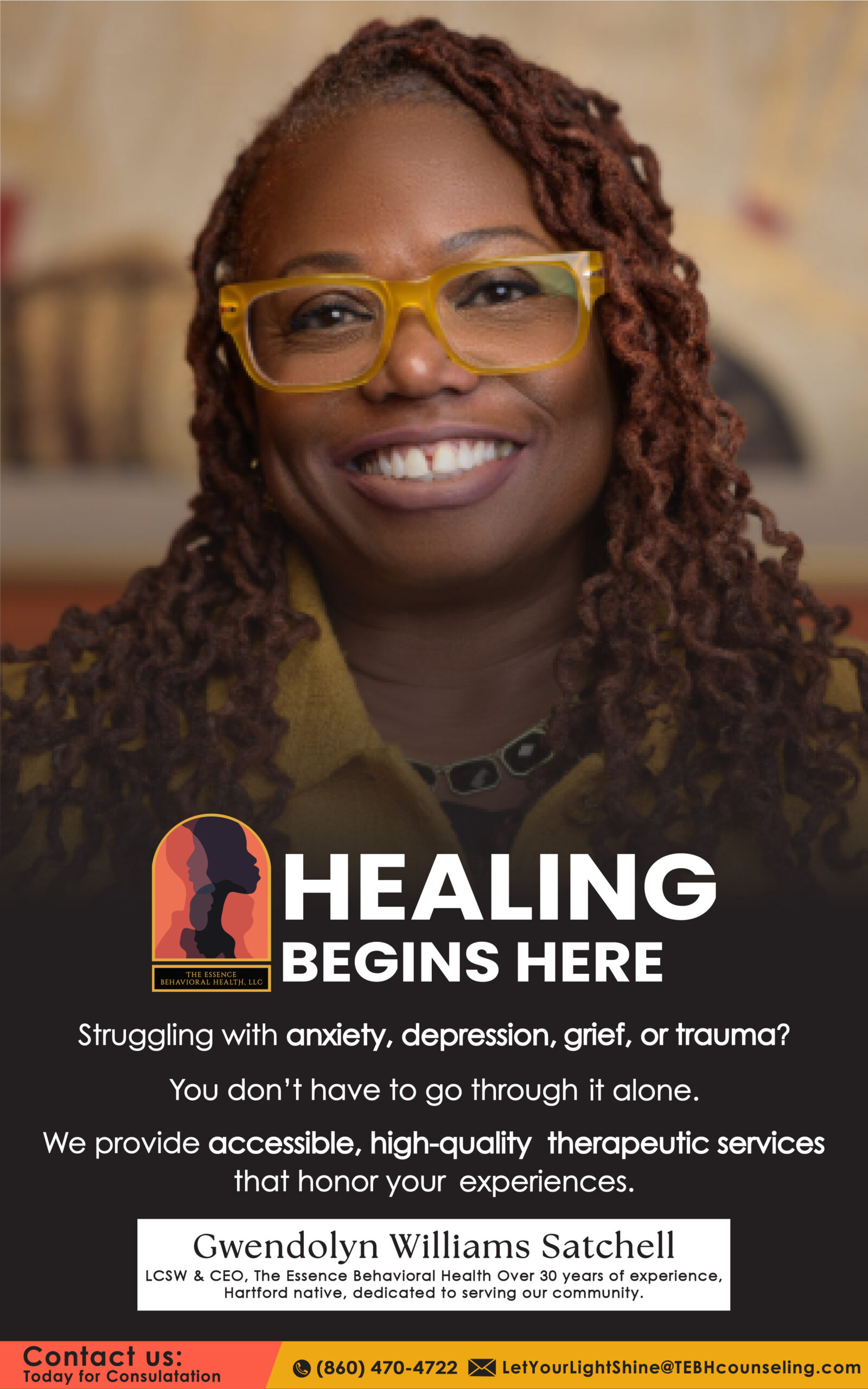By Quintessa Williams, Word In Black
It’s no secret that Black students are the most disproportionately punished group in American public schools. According to the latest Civil Rights Data Collection released earlier this year, Black students were overrepresented in every disciplinary school action compared to their counterparts.
Now, experts say, President Donald Trump could make things worse with the stroke of a pen. His latest executive order, “Reinstating Common Sense School Discipline Policies,” instructs schools to disregard race or equity in disciplinary decisions and directs the DOE to roll back federal guidance that tied school funding to fair student treatment.
While the White House claims the move will restore order to unmanageable classrooms, educators and advocates warn it will hit Black students the hardest.
“What Trump has done with this so-called ‘common sense’ approach is allow schools to go back to disproportionately punishing Black students — but without accountability,” says Brian Rashad Fuller, associate provost at The New School and author of “Being Black in America’s Schools.” “There is no such thing as race-neutral discipline.”
A System Already in Crisis
Decades of research show that Black students are more likely to be punished for subjective offenses deemed as “defiant” or “disruptive” compared to their white peers who engage in similar actions. The latest Civil Rights Data Collection found that Black students are 15% of the nation’s K-12 student population but account for 35% of all out-of-school suspensions, 34% of expulsions, and 33% of school-related arrests.
A comparison of data from the 2020–21 and 2021–22 CRDC reports shows a troubling trend: the percentage of school-related arrests involving Black students increased from 31% to 33%, while the proportion of Black boys subjected to corporal punishment rose from 18% to 20%.
“We know that the more students come in contact with school-based discipline and law enforcement, the more likely they are to end up in the juvenile justice system,” Fuller says. “This isn’t new. But what’s terrifying is that [Trump’s] order removes even the suggestion that we should be monitoring racial disparities.”
A New Weight for Black Kids to Carry
Fuller describes the psychological toll that lies beyond the data — what he calls a “terrible weight” Black children are forced to bear, built on adult suspicion and institutional neglect.
As a child, he remembers adopting silence in school as a survival tactic: not participating in class and not engaging with teachers, hoping to avoid punishment. For other children, he says, the pain and pressure of bearing that weight can lead to acting out in class or simply disengaging.
“When you’re a Black boy in school and you see kids who look like you constantly getting punished, you internalize that you’re a problem,” he says. “It doesn’t matter how well you’re doing in class. You start carrying this weight that says, You’re dangerous, you’re disruptive, you’re disposable.”
Fuller also argues that the mental health crisis among Black youth — borne out in rising suicide rates — can’t be separated from these disciplinary environments.
“We act like these are different issues, but they’re not,” he adds. “Discipline, bias, policing — it’s all connected to how Black kids see themselves and how society sees them.”
Representation Alone Isn’t the Answer
Numerous studies have shown that Black students are less likely to be suspended or expelled when they have at least one Black teacher. Research from Johns Hopkins University found that having just one Black teacher in elementary school can reduce a Black student’s risk of dropping out by up to 39%. Yet Black teachers account for just 7% of the national teaching workforce.
However, while representation matters, Fuller says it must come with careful reflection.
“Black educators can still uphold white supremacist practices if they haven’t unlearned the trauma they’ve internalized,” he said. “I’ve been that teacher before. You think you’re helping, but you’re enforcing respectability and control. That’s not liberation.”
Instead, he advocates for restorative justice practices rooted in community-building and trust — approaches that traditional public schools often underfund or dismiss. But without federal backing or local investment, alternative disciplinary strategies will remain the exception rather than the rule.
We Have to Be the Resistance
Fuller says the answer to Trump’s executive order is courage.
“We may not be able to change the federal policy right now, but we can protect our classrooms,” he says. “We can be creative and don’t have to call it ‘racial equity’ to still do the work. Call it ‘relationship-building.’ Call it ‘community standards.’ Just do it.”
Fuller also urges educators to remain focused on their students’ humanity: “Trump doesn’t have the power here. We do,” Fuller says. “We are the ones in the room and we decide whether Black children are punished or protected.”
And, he adds, the fight isn’t over; it’s just entering a new chapter.
“Be courageous. Be creative. And never forget who you’re doing this for,” he said. “We are the protectors. We are the resistance.”
This editorial was originally published in Word In Black.
Photo by Thomas Chauke.: https://www.pexels.com/photo/boy-wearing-white-shirt-2858518/





